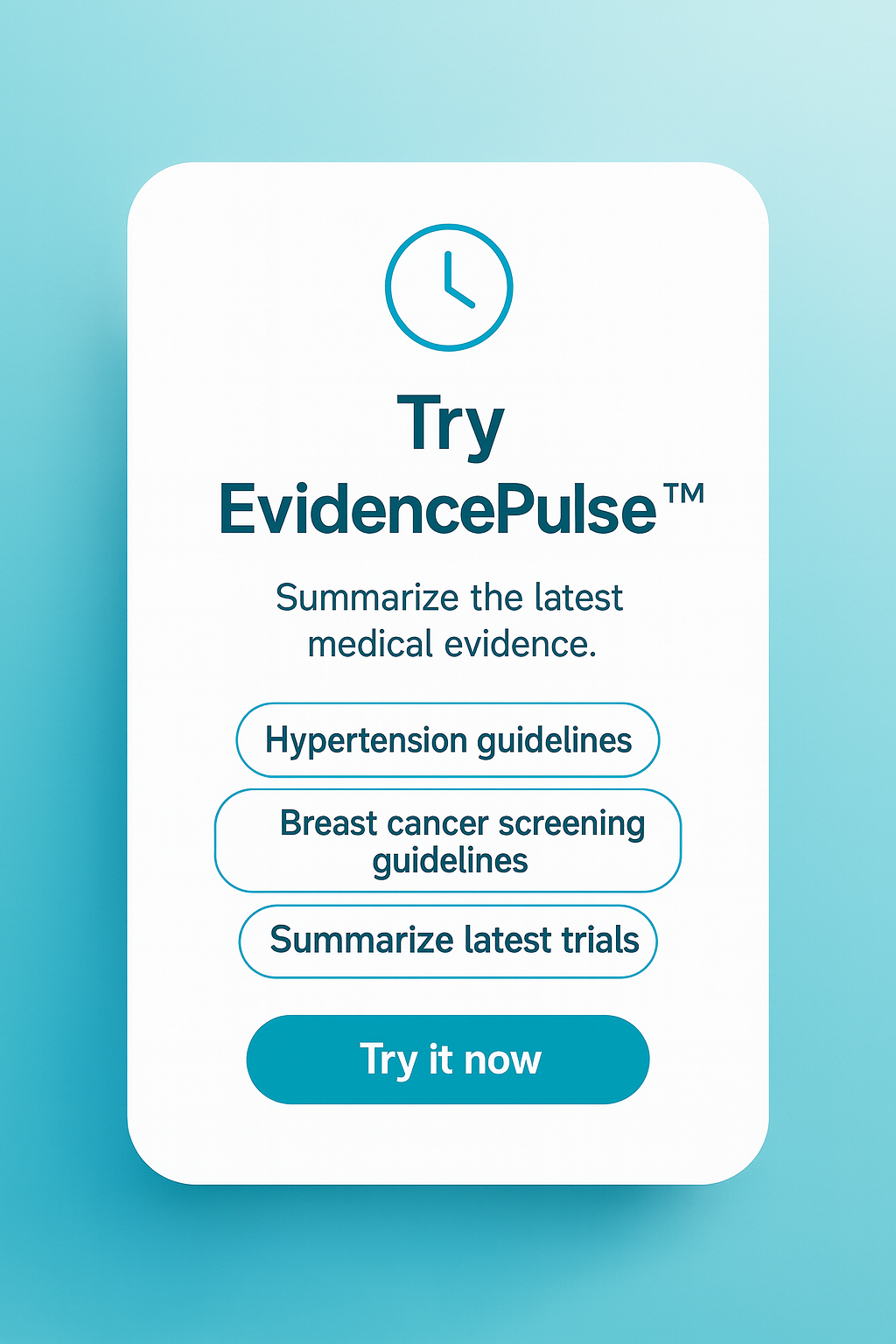Rates of high-risk prescribing significantly underreported by Medicare plans
Image: PD
1. High-risk prescribing was significantly underreported when Medicare Advantage plan-reported rates were compared with rates calculated from Medicare data.
2. Plans with greater reporting disparities were ranked higher in performance compared to plans with fewer disparities.
3. Errors arise from improper exclusion of patients from analyses as well as improper categorization of analyzed patients.
Evidence Rating Level: 3 (Average)
Study Rundown: The recent emphasis on quality assessments have led to increased awareness of public reporting of clinical performance. These data are important for the determination of reimbursement rates as well as helping patients select plans, hospitals, and providers. This study investigated the accuracy of Medicare Advantage plan reported performance in minimizing high-risk prescribing amongst elderly patients. Reported rates of patients over 65 who were prescribed at least one medication listed on the Drugs to Avoid in the Elderly form were compared with rates compiled from Medicare data from 2006 to 2007. The results demonstrated that plan-reported rates of high-risk prescribing were significantly lower than actual rates from audited data. This study also found that plans with greater reporting disparities were ranked higher in performance compared to plans with fewer disparities. These results are consistent with prior studies showing inaccuracies in reporting of various other quality measures. The major limitation of this study is that the plans included in the analysis were those that participated in various reporting schemes, thus limiting generalizability of these findings towards other plans; generalizability is further decreased due to the single outcome measure assessed.
Click to read the study, published today in the Annals of Internal Medicine
Relevant Reading: Accuracy of Electronically Reported “Meaningful Use” Clinical Quality Measures: A Cross-sectional Study
In-Depth [cross-sectional comparison]: This study obtained data from Healthcare Effectiveness Data and Information Set (HEDIS), Medicare Health Outcomes Survey (HOS), and Medicare Part D event file records, which were compared to plan-reported data. Data from plans were excluded if they were not complete (i.e. the plan only participated in HEDIS reporting or only Part D reporting). The primary outcome was rate of high-risk prescribing (prescription of at least one medication with the HEDIS Drugs to Avoid in the Elderly indicator to patients over 65). Differences between reported and calculated rates were compared at the plan level as well as the individual level using ANOVA and t-tests.
172 Medicare plans were included in this analysis. While the mean reported rate of high-risk prescribing was 21.1% (95% CI 20.0%-22.3%), the mean calculated rate was 26.9% (95% CI 25.9%-28.0%). The mean difference between reported and calculated rates was -5.8% (95% CI -6.4 to -5.2%). 95% of plans reported rates that were lower than those calculated. When the 172 plans were ranked by rate of high-risk reporting, the 18 plans with the highest discrepancies (>10%) were ranked on average 49.1 positions higher based on their reported rate rather than the calculated rate. Individual-level analysis of 103,680 patients found that plans incorrectly excluded 10.3% of these patients from their reports. Of those that were included in HEDIS reports, 8% of the patients were incorrectly categorized between high-risk and non-high-risk.
By Steven Zhao and Aimee Li MD
More from this author: Varenicline safe for smoking cessation in patients with stable major depressive disorder
© 2013 2minutemedicine.com. All rights reserved. No works may be reproduced without expressed written consent from 2minutemedicine.com. Disclaimer: We present factual information directly from peer reviewed medical journals. No post should be construed as medical advice and is not intended as such by the authors, editors, staff or by 2minutemedicine.com. PLEASE SEE A HEALTHCARE PROVIDER IN YOUR AREA IF YOU SEEK MEDICAL ADVICE OF ANY SORT.








